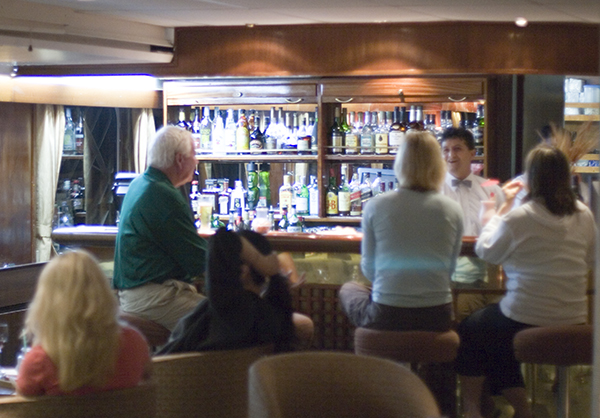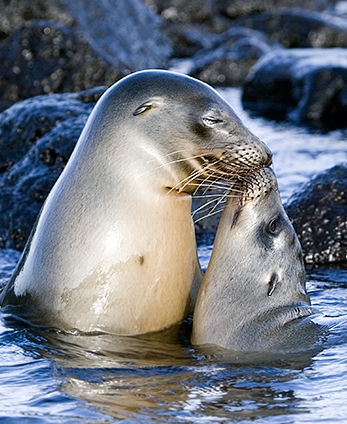The night hours were used again to sail to our new destination, Florena Island. An early wake-up call at 6 a.m. started the day. The pre-breakfast outing brought us to the "post office" of Florena, a barrel placed by whalers on the island which serves as a mail swap station. We picked up postcards addressed to recipients near our hometowns which we would hand-deliver after our return and also left our own mail in the barrel in the hope that some day a traveler will pick it up and deliver it.
Post Office
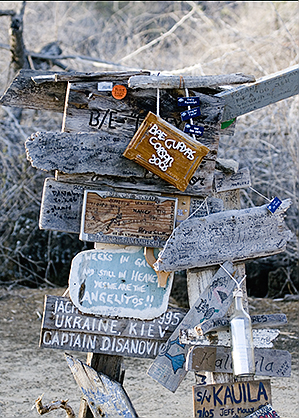
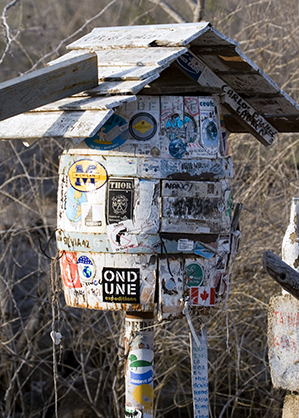
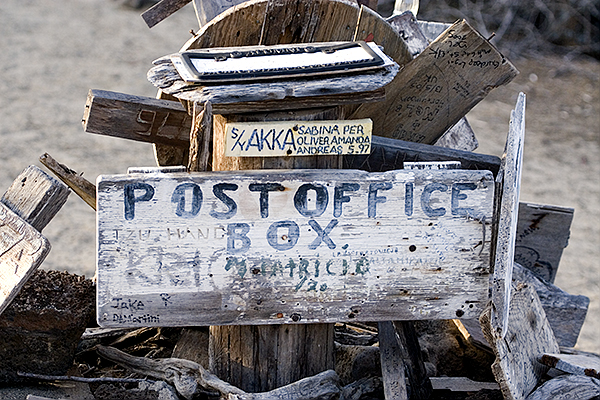
Naturalist Raffael
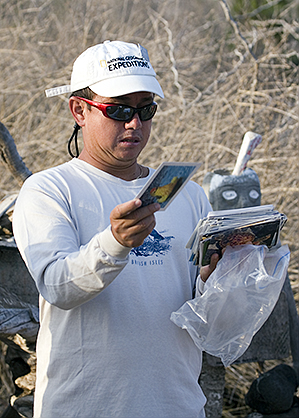
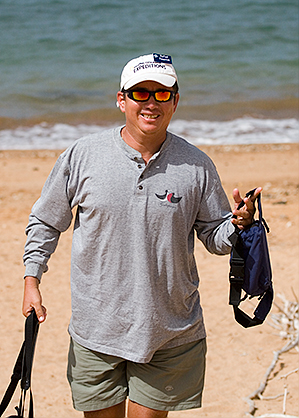
Galapagos Penguin (Spheniscus mendiculus)
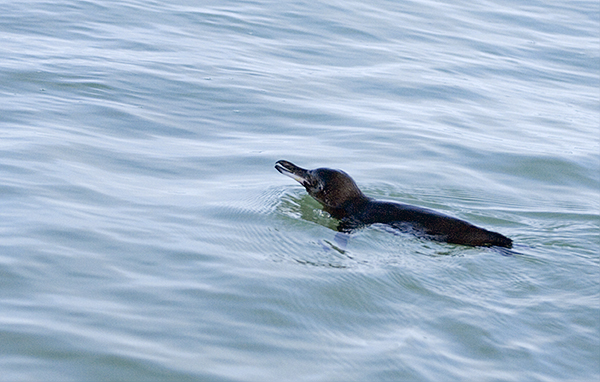
During our Early-Morning Zodiac Ride
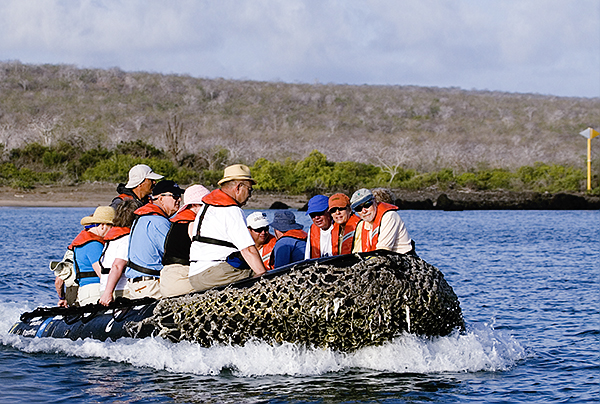
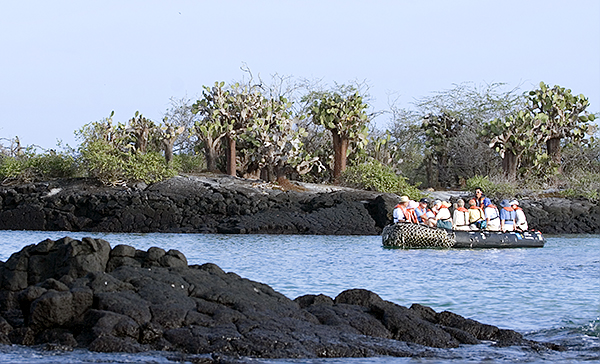
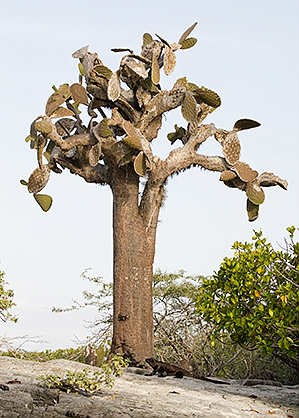
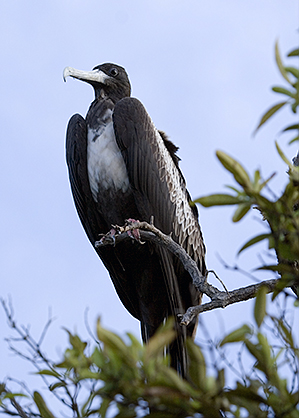
Tree Cactus Bark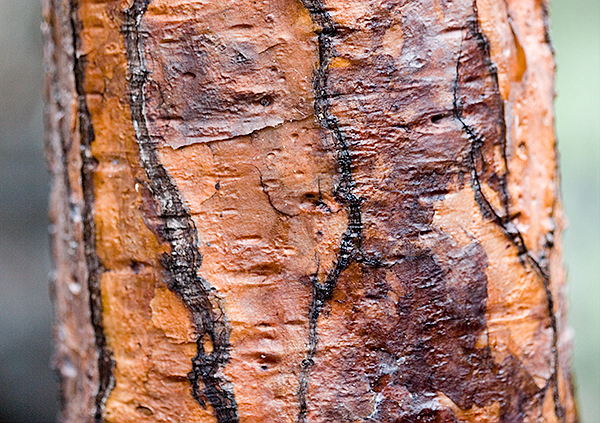
Galapagos Sea Lion Swimming
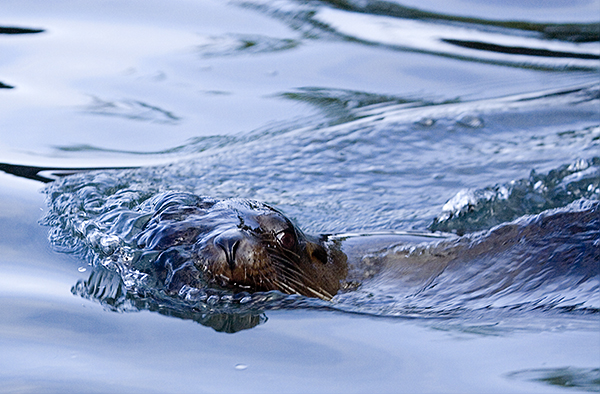
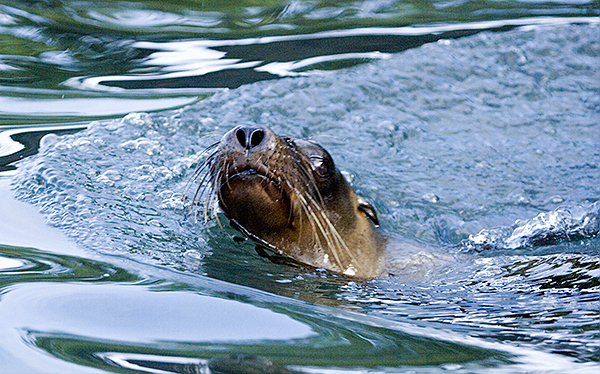
A huge male Sea Lion came very close to our zodiac and later performed an impressive jump.
Galapagos Sea Lions (Zalophus galapagensis)
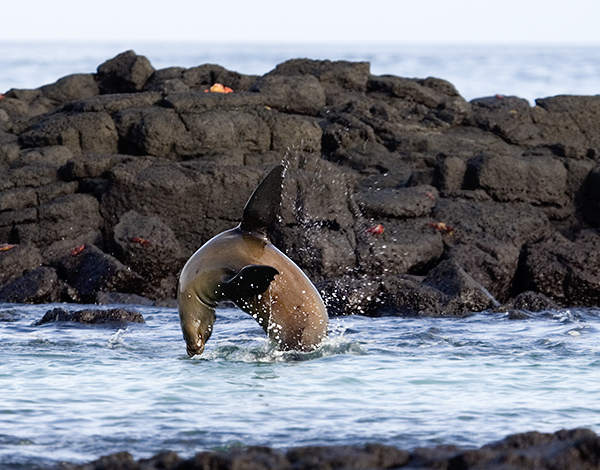
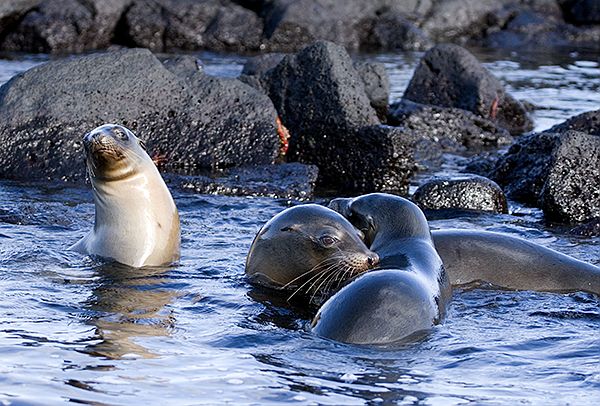
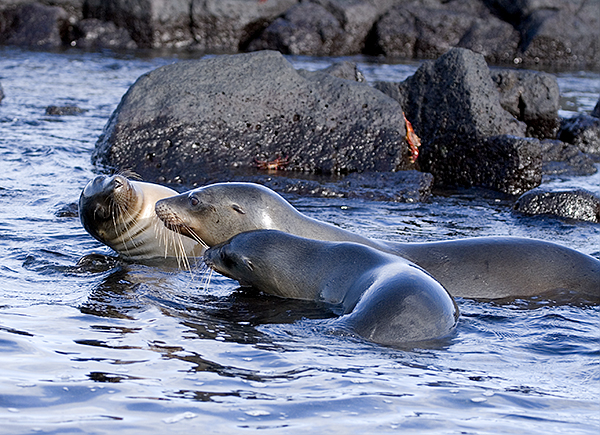
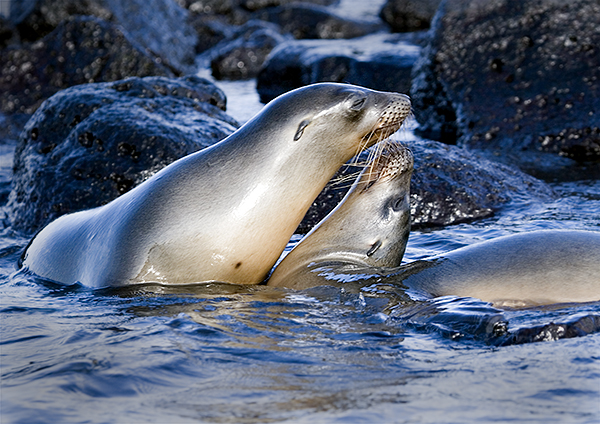
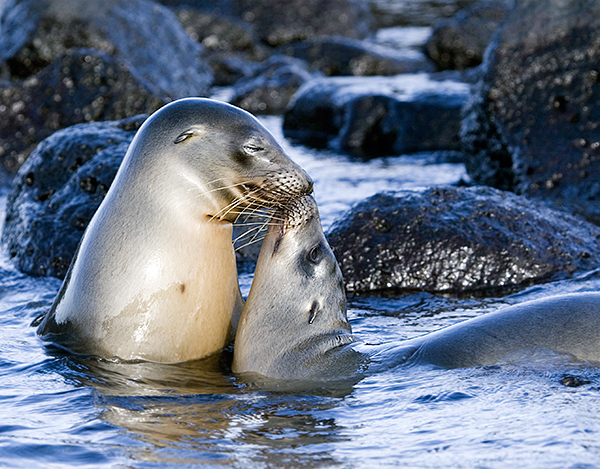
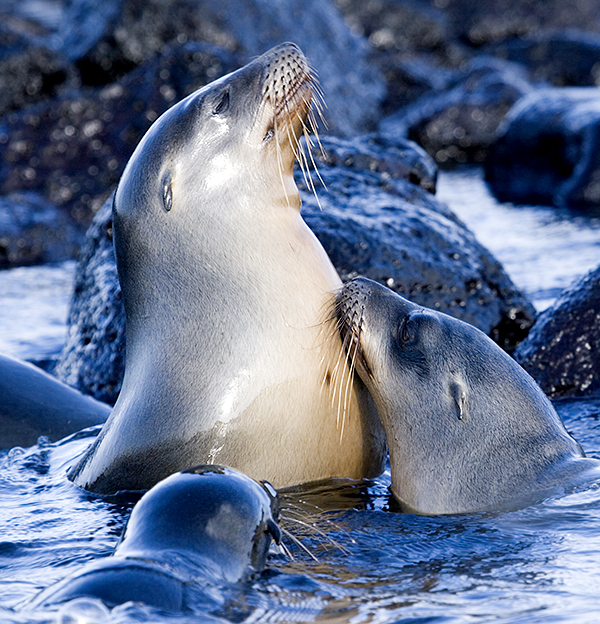
Upon return, we were ready for a good breakfast which was already waiting for us.
At 9 a.m., we zodiac-shuttled to this morning's snorkeling destination, Champion Island . After jumping in the water, we were immediately surrounded by Sea Lions. They not only came close, but tried to show us diving tricks. A favorite of the younger animals was to swim upside down straight towards a snorkeler only to take a quick turn down before crashing into his mask and release air bubbles. One of Sea Lion babies started to chew on Gisela's fin. Sophia could barely get her head out of the water because she was so thrilled by the baby Sea Lions she could almost touch. Heiko dove six feet down to join the animals in the deeper water and was greeted by a larger female which showed off her teethŚmaybe she knew Heiko is a dentist and would appreciate her long canines. Everyone was taken by the friendliness and curiousity of these acrobatic divers which feed on the huge schools of fish near the shore.
Snorkeling with Sea Lions
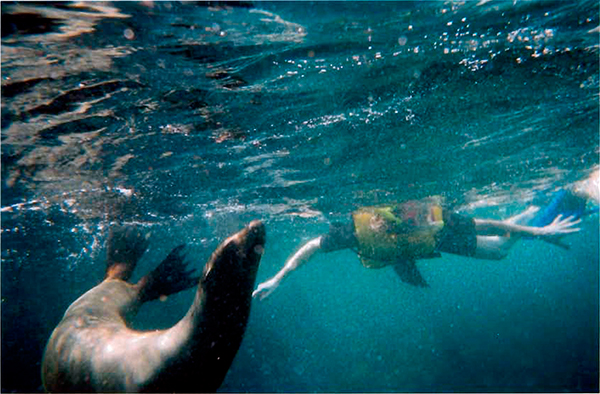

After returning to the Polaris, we had five minutes to get ready for our glass-bottom boat ride. This boat was stationed near our snorkeling area, so that a zodiac had to shuttle us over to its position. Sophia could not stop to share her excitement about all the fish she discovered through the huge glass bottom of the boat. She was also the first one discovering a Blue Starfish which was about a foot in diameter. Our 30-minute ride in this boat was accompanied by a female Sea Lion and her baby which looked up repeatedly through the glass, checking on us.
Shortly before lunch, Gilda, one of our naturalists, gave a talk about Darwin and his research on the evolution in the ship's main lounge. Educated in atheistic East Germany, we thought we know all about it and preferred a pre-lunch nap.
The buffet lunch was luxurious as always with fried yucca and penne pasta among at least 20 other delicious items to choose from. After lunch, the parents unexpectedly got a chance to rest (again) because Paula entertained the kids by showing a National Geographic movie about the rain forest in the lounge.
At 2:30 p.m., Paula gave a presentation titled "Florena, The Mystery Island " covering the bizarre human history of the island: from marooned whalers to prisoners and colonists, and from a toothless dentist to a self-proclaimed empress.
At 3 p.m., we departed from the Polaris with the zodiacs which moved rhythmically five feet up and down next to the landing platform because of the heavy waves. Our ride to Isabela Island was a constant climbing up and falling down from the huge swells. At the dock of Villamil, we entered the waiting pick-up trucks which carried us to the Giant Tortoise Breeding Center.
Giant Tortoise Breeding Center
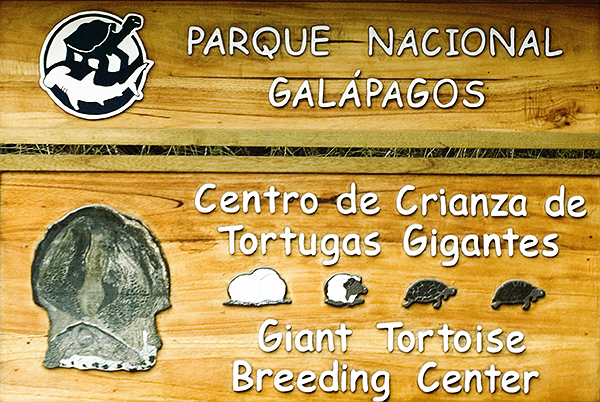
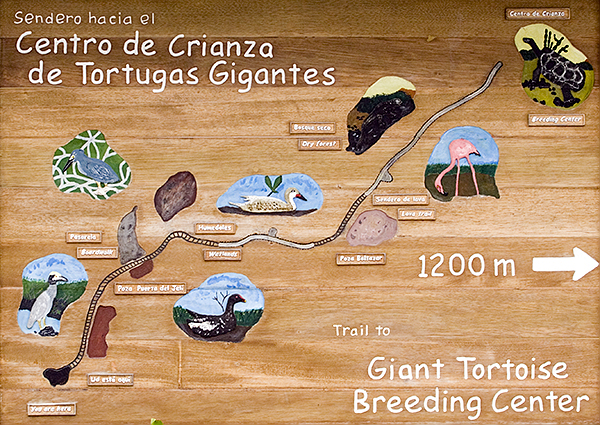
There we saw every stage of these famous animals; from the tennis-ball size perfectly round eggs up to the 200-years old individuals. The majority of the 3,000 Galapagos Giant Tortoises (Geochelone elephantopus) were still small, between 5 and 10 years of age, and would be released into the wilderness to re-establish a healthy population.
Today, introduced rats are feeding on eggs and small Tortoises and endanger breeding outside the confines of the Center.
Galapagos Giant Tortoises (Geochelone elephantopus)
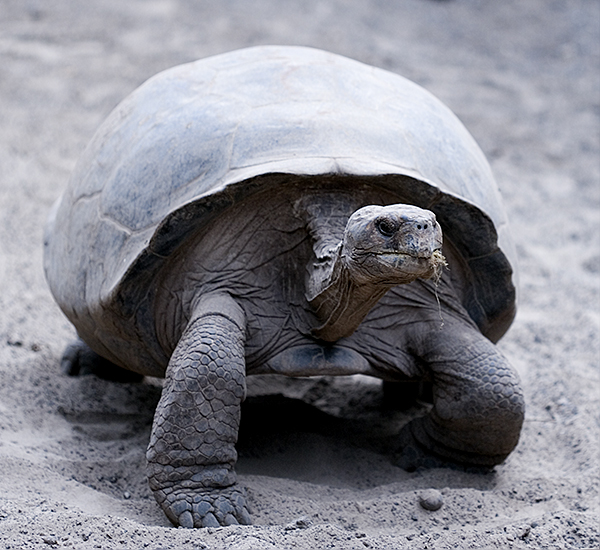
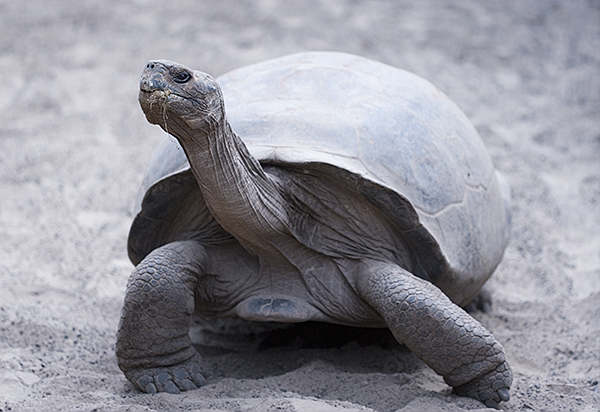
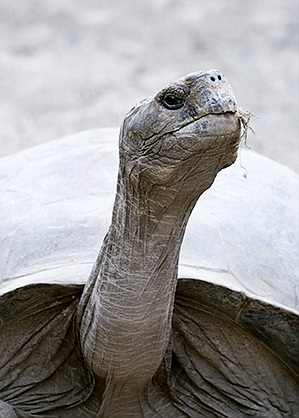
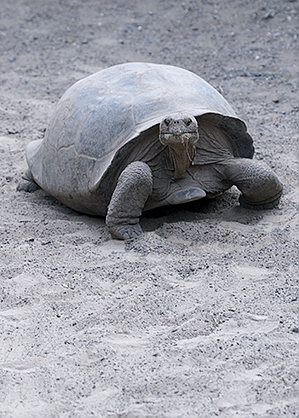
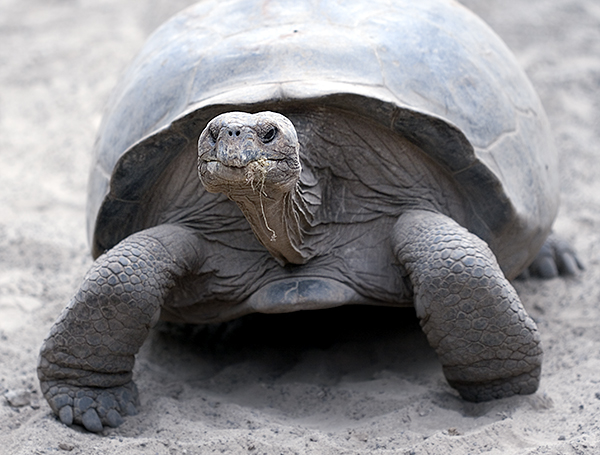
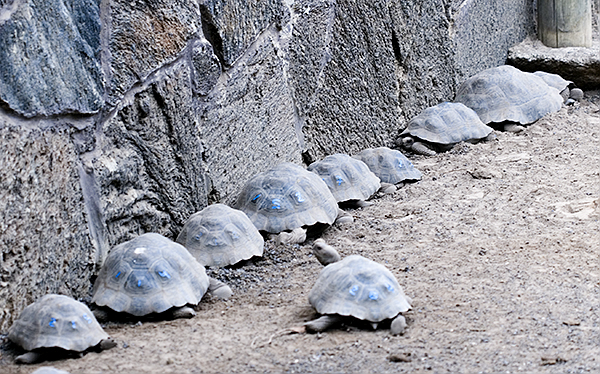
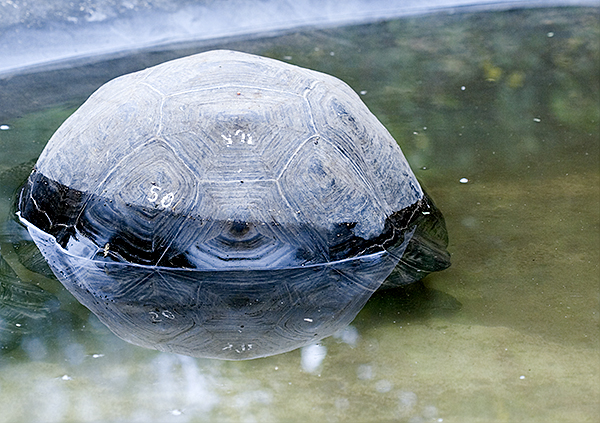
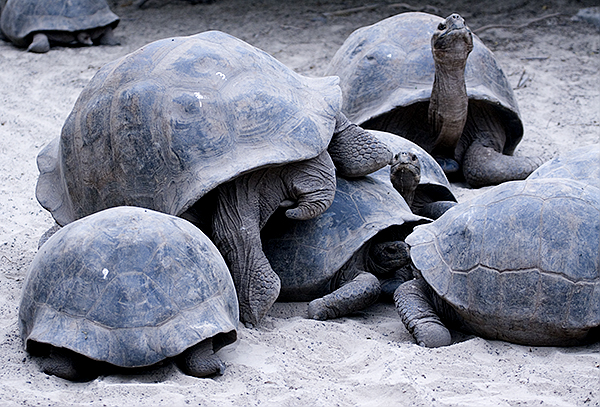
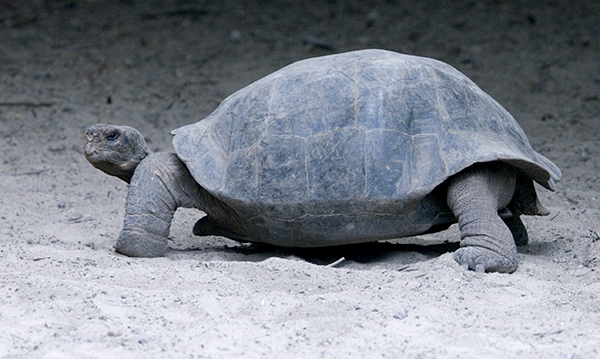
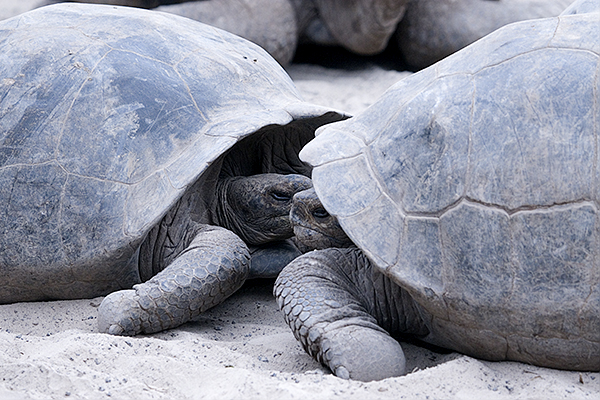
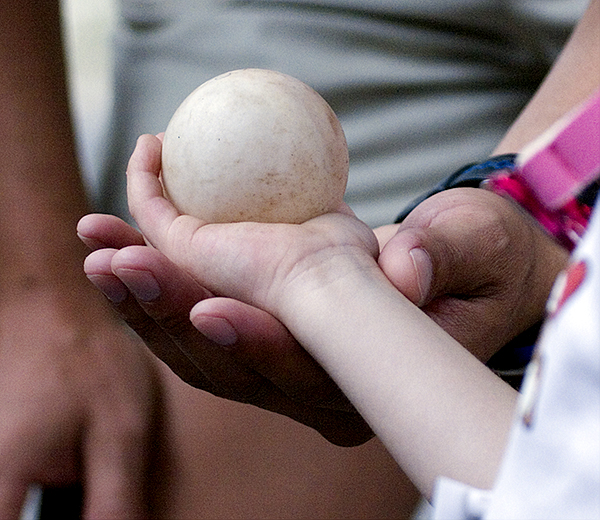
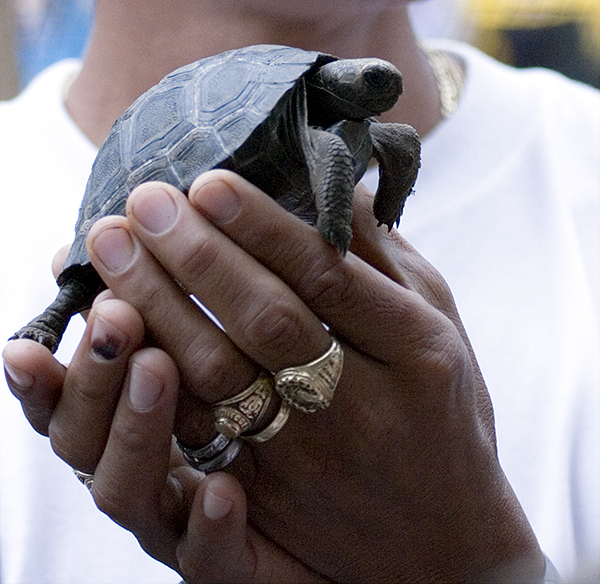
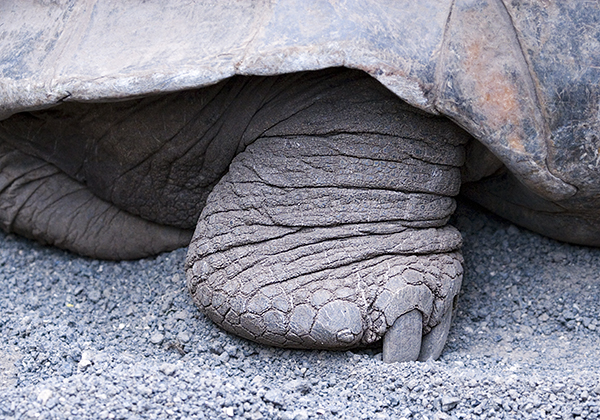
Afterwards, we hiked a one-mile path through the wetlands of Isabela where we saw Greater Flamingos (Phoenicopterus rubber) in shallow lakes surrounded by (only) 700-years old lava rocks. We all met again at a beautiful beach near the hotel Marita. Here, refreshments were waiting and towels were waiting for us, in case someone wanted to take a swim in the crystal-clear water. The girls preferred to build a sandcastle from the black sand.
Watching the Tortoises and Greater Flamingos (Phoenicopterus rubber)
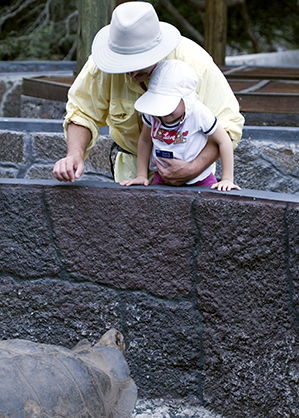
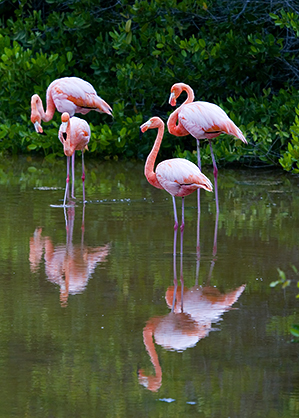
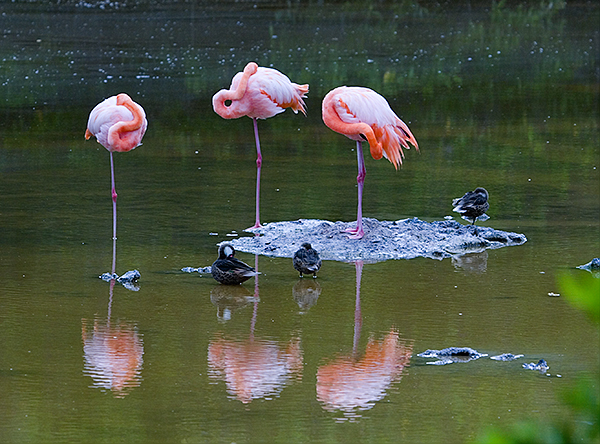
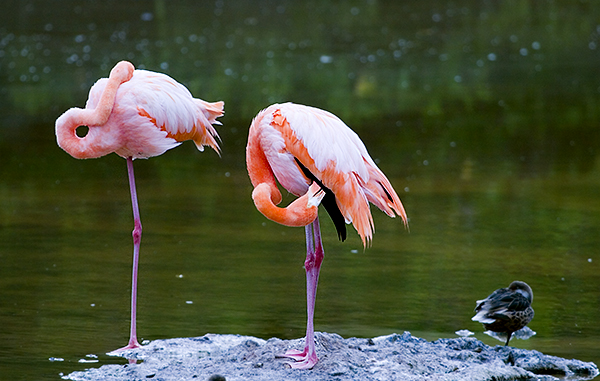
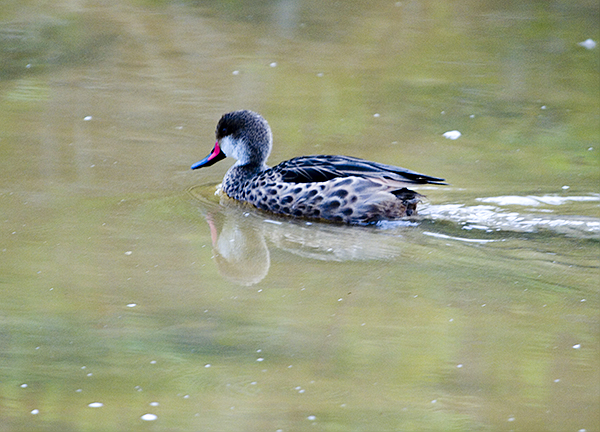
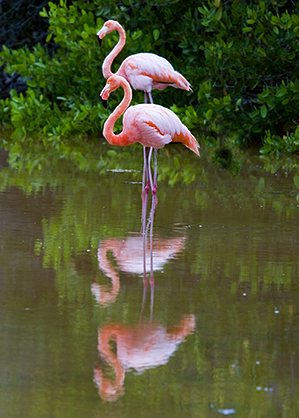
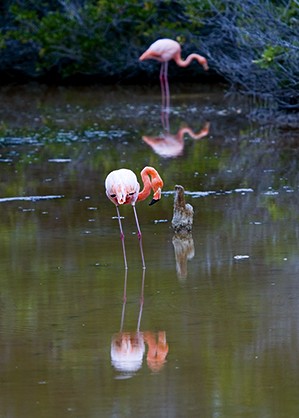
Time in Town
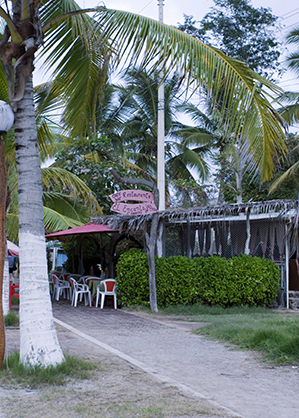
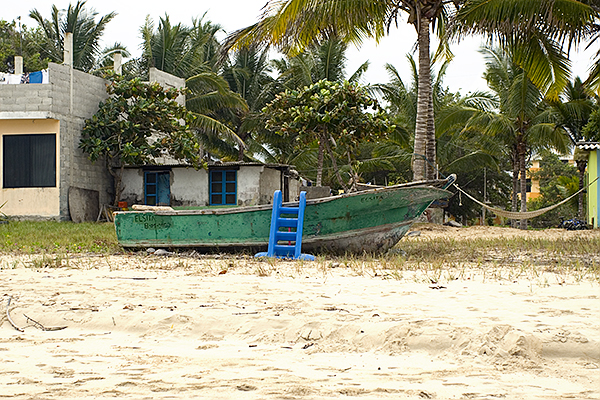
Our ride back to the Polaris was as bumpy as the ride ashore. During recap, Daniel, one if the five naturalists, showed a small video of the underwater world as we had experienced earlier in the morning.
Polaris Bridge Visit
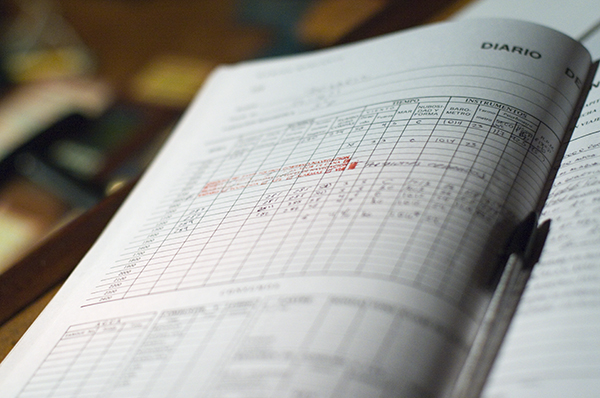
Dinner was as usual very luxurious, Heiko, Alexandra and Gisela had duck breast.
For the first time, Alexandra and Sophia were seated together with their new friends, Julia and Amanda on an extra table away from adult supervision. They had a good time together; Sophia was entirely herself talking continuously entertaining the other girls.
During dinner time, the captain weighed the anchor and we took off towards Isabela Island . This night's journey would let us cross the equator at 3 a.m. In the large dining room which was located on the third level, the waves were more than just noticeableŚmaking walking a challenge and giving chinaware a life of its own. Paula explained during dinner the activities for the next day.
